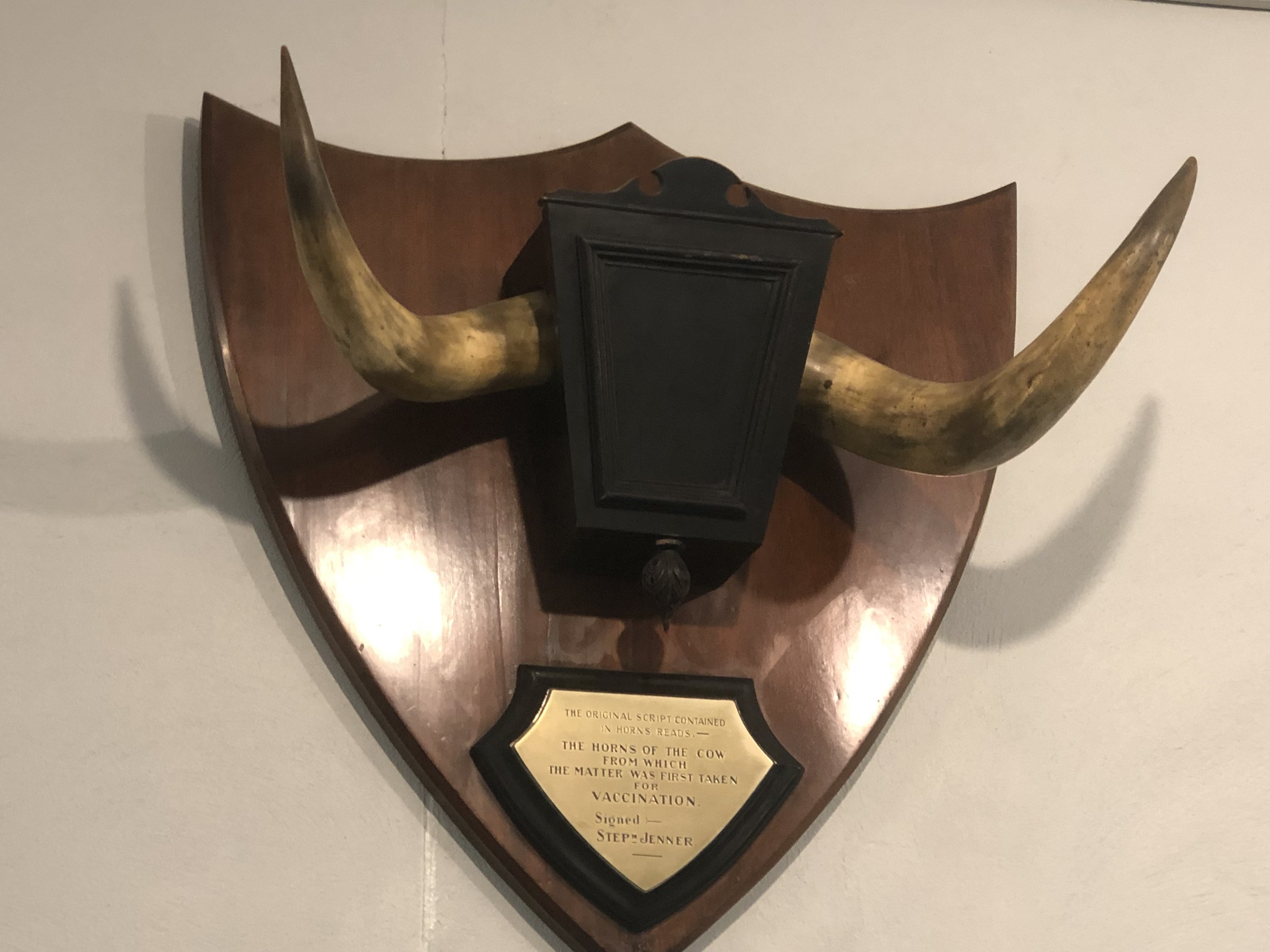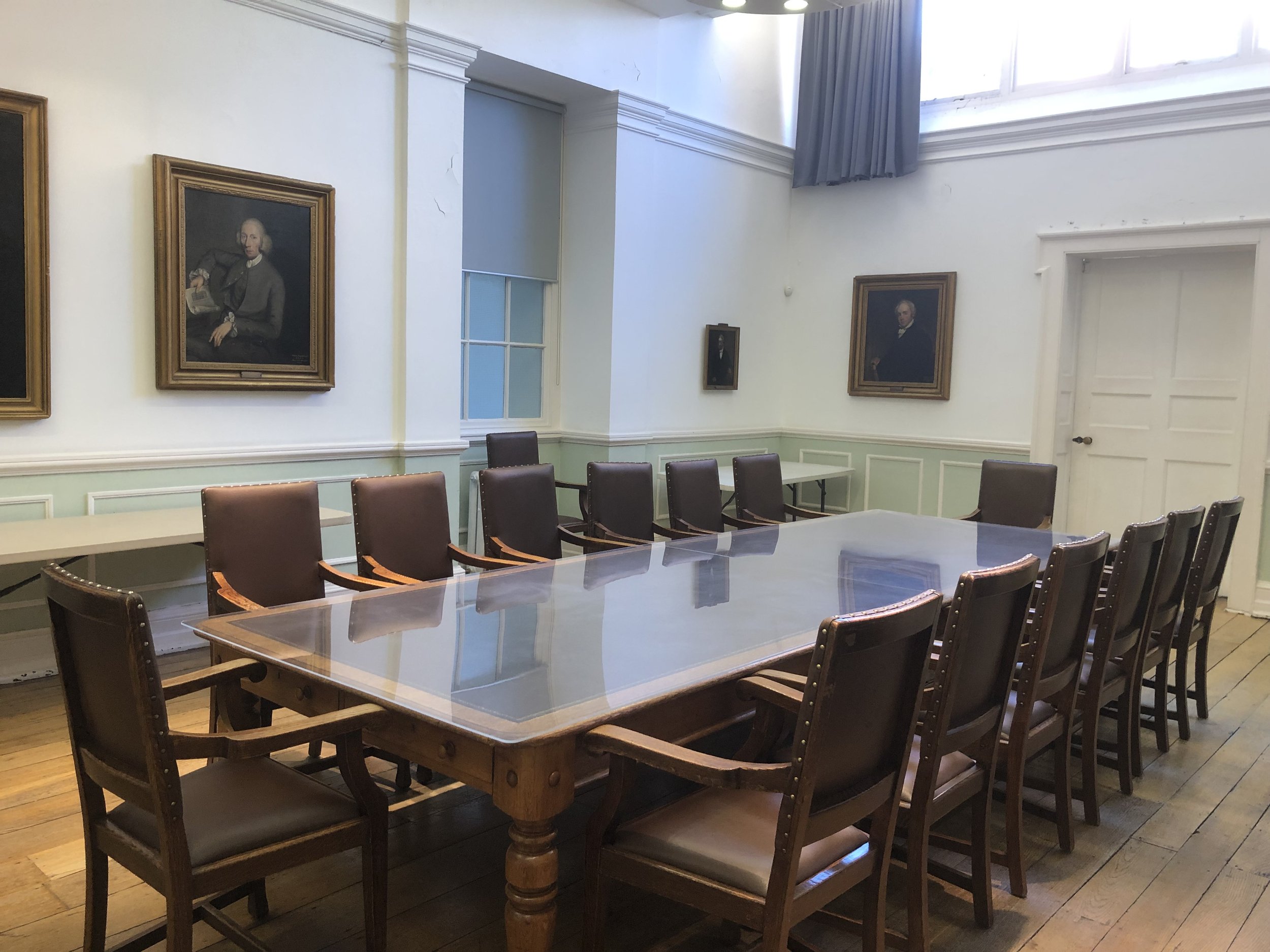I’m Ned, and over the past week I have been undertaking some work experience at both the George Marshall Medical Museum as well as the Infirmary Museum. I decided to apply for work experience here due to my passion for history and as, in the next few years, I am thinking of doing a History degree at university. Additionally, it was enjoyable for me to refresh my knowledge on medical history as, in GCSE History, I was lucky enough to be able to study it as one of my topics and it was one of my favourites on the GCSE syllabus.
On Monday and Tuesday this week, I partook in my work experience at the George Marshall Medical Museum in the Charles Hastings Education Centre (a man who I would become much more familiar with as the week went on). I arrived to the enthusiasm of the curator of the museum, Louise, who gave me a quick tour of the museum as well as the rest of the building. It was incredibly interesting to see all the displays on show, as I had never visited before, and, in particular, I loved to see the display of Blossom’s horns – the cow that Edward Jenner first took samples of cowpox to develop the first ever vaccination – as that section of history was a major part of my GCSE course.
Over those 2 days, I was given a great overview of the responsibilities and tasks that a curator would go through on a day-to-day basis, and Louise made sure that the tasks she gave me were tailored to me and what I was most interested in. Firstly, I was given the opportunity to use a book in the records at the museum which gave an overview of the history of the WRI to research the most famous and well-known people throughout the years to have visited the hospital, either as a patient or a guest, which I used to create a small pamphlet to be made available to read in the museum. I was also taught how best to handle historical objects by Louise as well as being able to sit-in on their final school visit of the year and hear the vast knowledge of both Louise, the curator, and Louise, the volunteer.
Due to a closure on Wednesday, I spent Thursday and Friday at the Infirmary Museum, on the grounds of the City Campus of the University of Worcester, with its’ curator, Harriet. Again, Harriet was incredibly welcoming and ensured that the tasks that I completed were to my liking and intriguing for me. To start with, on Thursday morning, I worked my way around the museum and its’ exhibits to create an engaging trail for visitors around the Year 6 age that ensured that they would take an interest in the displays. In the afternoon, I took a short walk with Harriet through the city centre to St. Swithun’s Church, where I got a great opportunity to sit-in on a monthly meeting of the Heritage Partnership Forum, where there were very interesting discussions taking place between representatives from many different museums in Worcester, as well as from Worcester Cathedral and the Tourist Information Centre, which helped to give me a real sense of what the world of work within this industry is like.
On the Friday, I began the day by experiencing both the Board Room of the Infirmary and the Jenny Lind Chapel, which were both fascinating, thanks to a quick tour from Harriet, before going back into the museum and taking note of which of the yes/no question boards near to the entrance of the museum had some potentially outdated data on them. Using this, I was able to research some potential new answers to these questions using data that is slightly more up to date, for example, the questions surrounding the topics of alcohol-related hospital admissions and deaths, the rates of HIV acquisition and the statistics on dementia.
Overall, I thoroughly enjoyed my week and would definitely recommend other students to take their work experience weeks at either of the George Marshall Medical Museum or the Infirmary Museum, especially if a career in heritage or history is something that interests them. That recommendation is down to how welcomed I felt by both Louise and Harriet, and I would like to thank them for not only being so accommodating to me but also for the opportunities that they gave me that I feel I may have not been given in other placements that I applied to.


